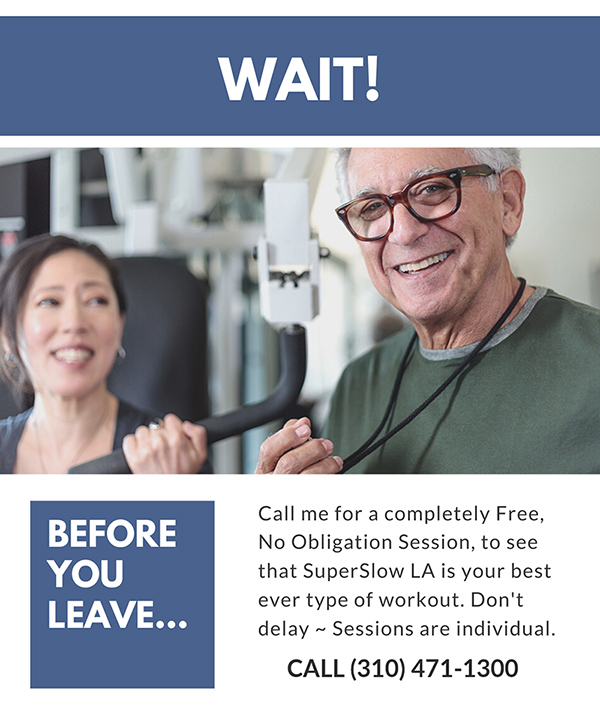SLOW

Like VERT, SuperSlow nixes momentum in favor of a tougher, safer burn. “SuperSlow forces you to slow down and use your muscle instead of momentum in a safer, more controlled environment,” says Melissa Gunn, the instructor at SuperSlowLA in Brentwood. Gunn, who relies on specially-engineered Nautilus-type machines designed to keep the flow smooth and steady, says that getting in shape means knowing when to push and when to take it easy.
“People think they have to work out every day to get the body they want. But that can be counterproductive. You have to let your muscles rest,” says Gunn, who will schedule only one 30-minute full body session per week with each client. Chalk one up for the couch potatoes.
While this somewhat controversial fitness tortoise has crept its way into ever major media outlet over the past two years, the concept was actually born in the ’80s by Ken Hutchins as an outgrowth of an exercise program he’d developed for women with osteoporosis at the University of Florida Medical School. It’s founded on the basic tenet: Muscle strengthening through resistance training is key to keeping the body healthy and fit well into old age. But while old-fashioned weight lifting heavily on momentum to move the load, by lifting and lowering super slowly, you are engaging all of your muscles from the get-go. The benefit, say proponents, is faster muscle development, which leads to a higher metabolism. And, by eliminating the jerky motion used in traditional weight lifting, the exercise is safe.
Ironically, explains Gunn, the leisurely pace is, in fact, a faster way to fitness. “You’re not doing three sets of something, you’re doing one set to fatigue. You’re decreasing momentum which increases the intensity on the muscle.”
A session at the closet-sized SuperSlow in Brentwood involves performing very slow and very intense repetitions (four to eight, depending on your strength level) at about four different low-friction machines. As you push yourself to your muscles’ limit, or “to failure” (success is failure in SuperSlow jargon), you find yourself breathing as if you are giving birth to quintuplets and then, when you are done, feeling utterly spent—and very smug.
Naysayers maintain that adhering to SuperSlow’s “two-times a week and nothin’ else” rule leaves out the benefits of cardiovascular exercise, but Gunn contends that the results speak for themselves. “Most of my clients will start noticing changes within six weeks. Other people start making comments to them anywhere between three and six months.”
Of course, if weight loss is your primary goal, Grinnell Morris, a SuperSlow instructor in Studio City, recommends supplementing the program with additional calorie-burning activities. “But in terms of weight training,” he adds, “once a week is all you need—as long as you do it properly.”

